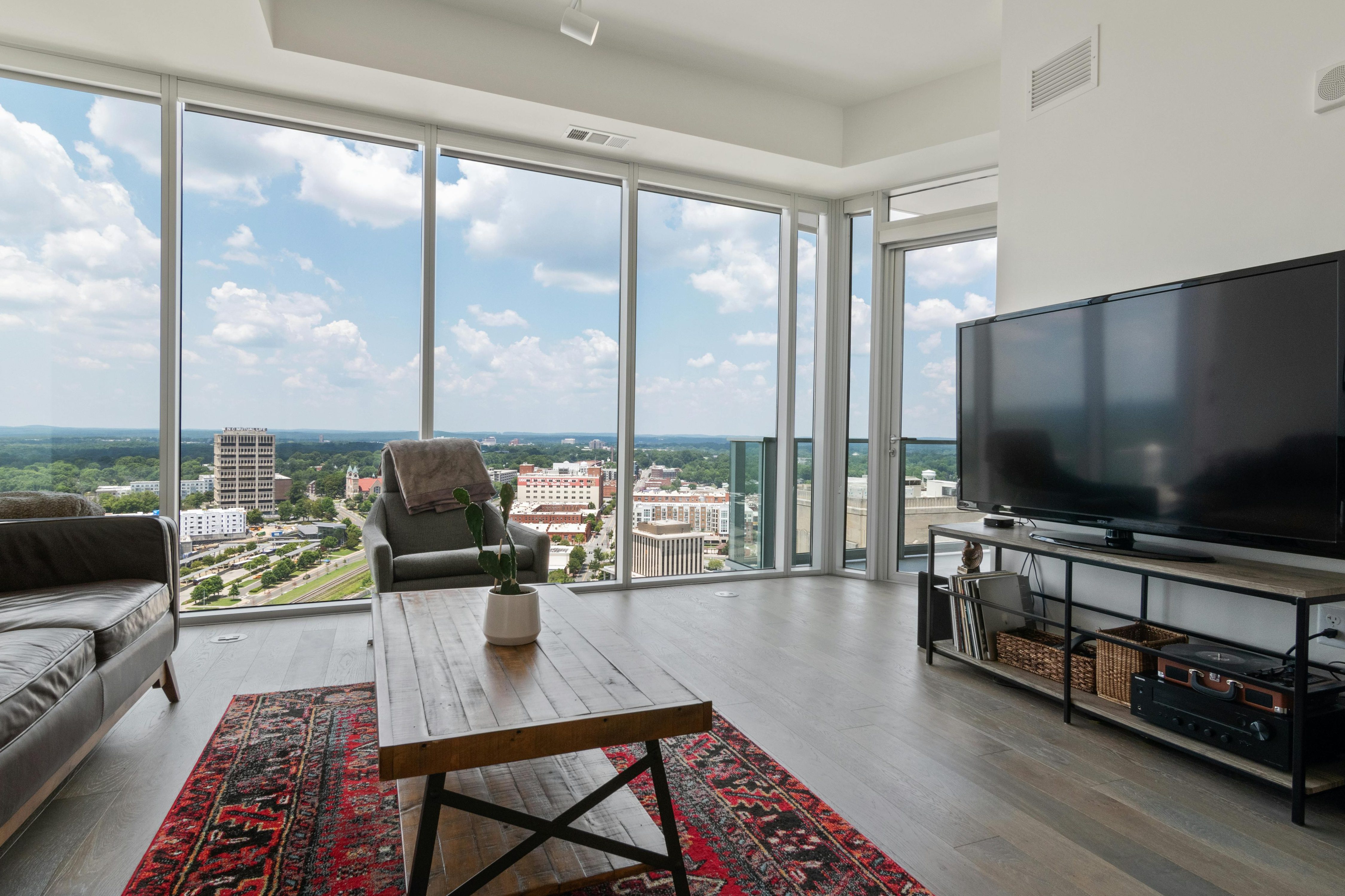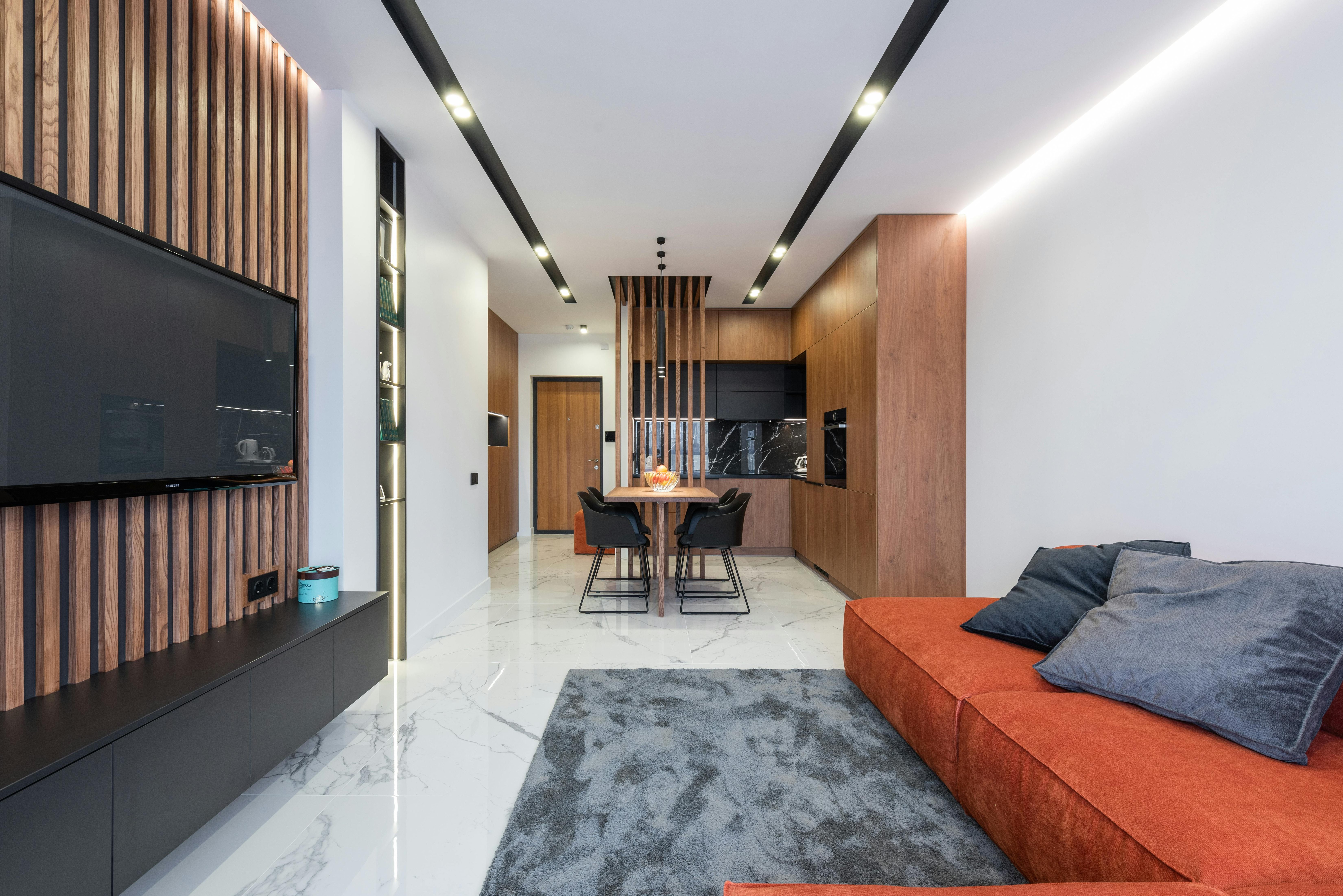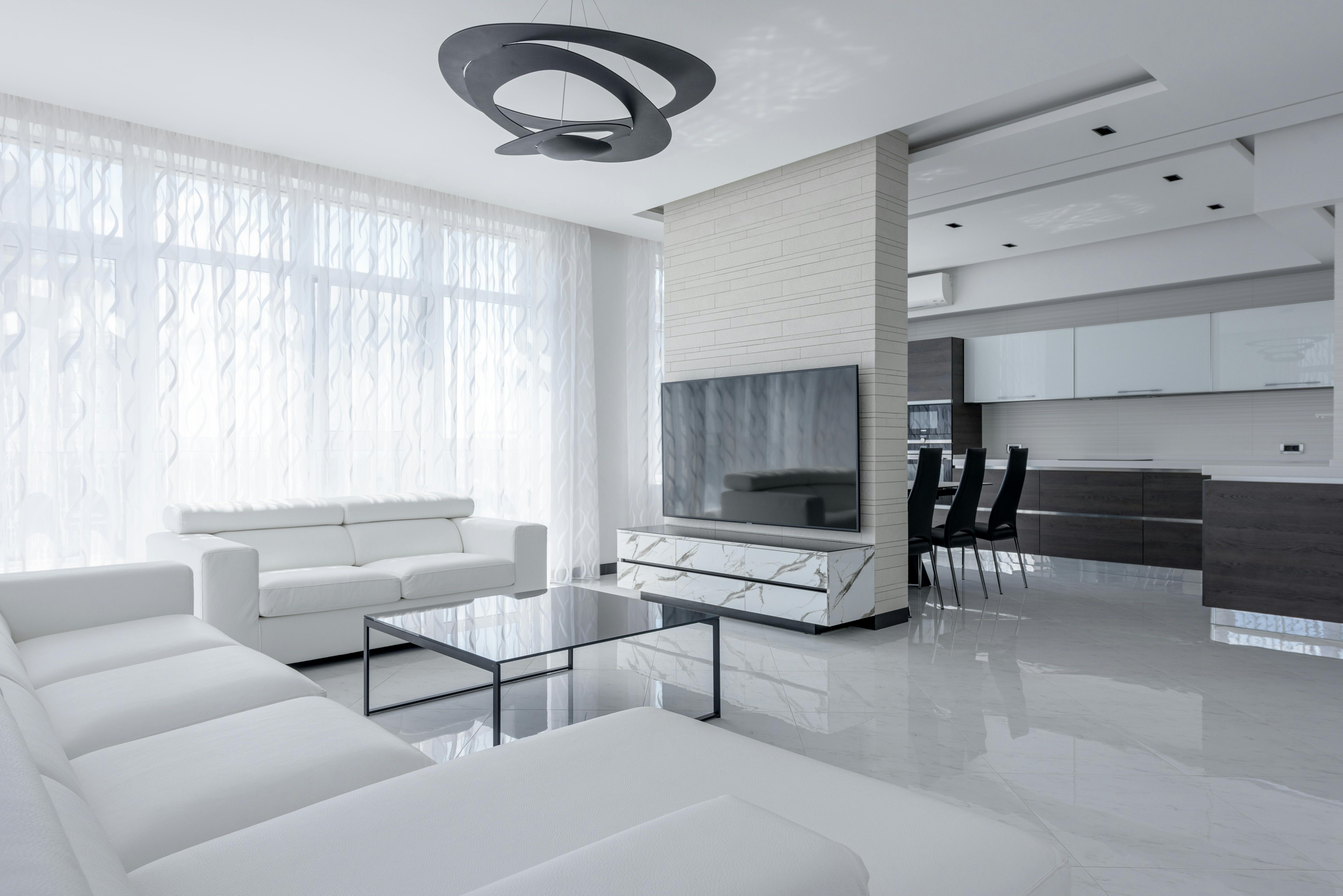Solving Common LG TV Woes: Your Guide to Seamless Viewing

Do you ever get frustrated fumbling between multiple remote controls for your TV, streaming devices, and other media players? Do you wish you could access all entertainment functions from one simple, intuitive app? If so, you’ll be excited to learn about new technology that consolidates all your remotes into your smartphone or tablet.
This innovative solution aims to revolutionize your home entertainment experience by turning your mobile device into an all-in-one universal remote. In this article, we’ll explore the key features that make this app an essential upgrade for any smart home. You’ll discover how easy it is to set up and how it eliminates the need for multiple remotes without sacrificing functionality.
We’ll also cover key benefits like simplified navigation, expanded control over streaming services, screen mirroring capabilities, and customized remote interfaces. Whether you want to reduce clutter, simplify your life, or enhance your viewing experience, this app presents an exciting opportunity worth exploring. Read on to determine if it could be the missing piece to your ideal smart home puzzle.
The Dreaded Wi-Fi Disconnection Dilemma
Is your LG TV’s Wi-Fi constantly dropping out mid-binge? You’re not alone. Many LG smart TV owners face frequent disconnections that disrupt streaming and create endless frustration. Constant buffering and error messages essentially render these high-tech devices useless for entertainment.
In this article, you’ll discover the likely culprits behind your LG TV’s flaky Wi-Fi and simple solutions to restore smooth streaming. We’ll cover common problems like outdated software, router incompatibility, interference from other devices, and suboptimal router placement.
You’ll learn quick tips to boost your Wi-Fi signal strength, reduce interference, and keep your LG TV’s firmware updated. With a few minor tweaks and adjustments, you can finally enjoy uninterrupted movies, shows, sports, and more without resorting to stringing unsightly Ethernet cables across your living room.
Bid farewell to the buffering wheel of doom and get ready to optimize your LG TV’s wireless connectivity. We’ll walk through the step-by-step guidance and troubleshooting advice you need to stop Wi-Fi dropouts in their tracks. Discover how to place your router for maximum coverage, adjust key software settings, resolve compatibility issues, and more.
With the right fix, your LG TV’s streaming capabilities will be transformed. You’ll be able to cast content flawlessly from other devices and access all your favorite streaming apps without those aggravating pauses to rebuffer. Let’s get started resolving those pesky disconnections once and for all!
Navigating the Maze of Missing Inputs
We’ve all been there – excited to try out a new game or stream the latest show, only to find your external devices have vanished after a firmware update. It’s frustrating when the HDMI ports seem to disappear into a redesigned menu labyrinth.
While disorienting, these interface changes are rarely permanent. With some targeted troubleshooting, you can uncover where those connections are hiding. Here are a few tips:
- Check if the input names/labels were modified or inputs were moved to a different menu
- Scan the settings thoroughly – inputs may be under Display, External Devices, Connections etc.
- Consult your TV manual or manufacturer’s website if unsure
- As a last resort, factory reset and walk through the input setup again
Streamlining controls into one intuitive app can also help overcome interface frustration. “Solutions like Universal Remote TV Control offer versatile centralized hubs to manage various devices.” says John Smith, smart home expert.
While change can be disruptive initially, a methodical search of the settings can uncover those hidden ports. With some guided troubleshooting, you’ll be streaming or gaming again in no time!
The Mysterious Case of the Disappearing Backlight
Dealing with a flickering or intermittent backlight can make you want to pull your hair out. One minute the picture is crystal clear, the next it suddenly goes black and you’re stuck power cycling your TV trying to bring it back to life. Before you panic and start swapping out LED strips though, let’s troubleshoot a bit further.
Often times, backlight issues stem not from a failure of the LEDs themselves, but rather the power supply board that delivers electricity to those LEDs. If the voltages being supplied are inconsistent, it can cause the backlight to strobe or cut out entirely. Replacing the LED strips rarely solves the root problem in these cases.
| Pros of replacing power board | Cons of replacing power board |
|---|---|
| – Often cheaper than total LED replacement | – Requires disassembling TV case |
| – Addresses root cause of issue | – Power boards can be difficult to source |
| – Prevents problem from reoccurring | – Installation risks damaging other components |
Before attempting a power board replacement yourself, I’d recommend consulting with a professional TV repair technician. They can perform diagnostics to definitively trace the issue and suggest the most sensible and cost-effective solution. If the fault does lie with the power supply board, they can source a replacement part and safely perform the installation.
Troubleshooting intermittent electrical issues requires expertise and care. But with some strategic testing and guidance from a reliable technician, you can likely get your backlight glowing steadily once again.
The Volume Conundrum: External Speakers Not Cooperating
I know how frustrating it can be when you invest in a nice sound system or speakers for your LG TV, only to find the volume controls don’t work properly or aren’t adjustable at all. You’re left with audio that’s too loud or too quiet no matter what you try. But there are a few things you can try to regain control over your TV’s audio.
Check Your Audio Settings
The first thing to check is your TV’s audio settings menu. You’ll want to make sure your external speakers are properly set as the default audio output device. Additionally, see if there’s a setting like “External Speaker Volume Control” or “Fixed/Variable Volume Control” and enable volume adjustability from your TV remote.
Try An Alternative Connection
If tweaking settings doesn’t help, your next step is to try connecting your speakers differently. HDMI ARC and Optical connections tend to provide the best compatibility and volume control compared to RCA, 3.5mm aux, or Bluetooth. Just be warned – using Optical requires that your sound system can decode Dolby Digital signals.
| Connection Type | Volume Control | Audio Quality |
|---|---|---|
| HDMI ARC | Full Control | Excellent |
| Optical/Toslink | Full Control | Very Good |
| RCA/Aux | Limited | Good |
| Bluetooth | No Control | Compressed |
Try A Universal Remote App
If you have a smartphone, consider downloading Universal Remote TV Control. This versatile app aims to replace traditional remotes and integrates with popular brands like LG. It offers screen mirroring, dedicated Roku support, and easy connectivity via WiFi. You can try it free for 7 days to test full functionality. If it works well, it provides a convenient way to control volume from your phone rather than juggling multiple remotes.
With some careful troubleshooting steps, you should be able to resolve volume challenges with your LG TV and external audio setup. Don’t hesitate to contact LG support if issues persist after trying these suggestions. Often a firmware update or slight adjustment of settings by support staff can get things functioning seamlessly.
Controlling the Volume: Finding the Right Balance
We’ve all been there – you connect your shiny new sound system to your LG TV, ready for an audio upgrade, only to find the volume is either deafeningly loud or barely audible. It’s endlessly frustrating when those volume buttons don’t seem to do anything. But don’t despair! With a few tweaks to your settings, you can get your external speakers working harmoniously.
Check Those Audio Settings
Start by opening your TV’s audio settings menu. Make sure your external speaker system is properly detected and configured to receive audio signals from the TV. Toggle through the audio output modes (TV speaker, external speaker, both) and test the volume controls in each configuration.
Try an Alternate Connection
If you’ve connected your speakers using RCA or 3.5mm auxiliary cables, try using an optical or HDMI ARC connection instead. These digital connections allow for greater control over volume levels compared to analog cables.
- Optical cables route pure digital audio without interference, enhancing quality.
- HDMI ARC uses a single cable for both video and audio in one direction.
Explore Volume Control Devices
Alternatively, connect an external volume controller between your TV and speakers. This gives you master volume control and can boost quiet audio signals to an appropriate level.
With some trial and error across these tips, you’ll soon strike the right chord with your TV and speaker setup. Then you can crank up the volume and enjoy your favorite movies, shows, and music with room-filling sound.
Conclusion
As we’ve explored, LG TVs are fantastic but can encounter issues like Wi-Fi drops, input troubles, backlighting problems, and external speaker control frustrations. By staying patient, proactive, and exploring solutions like Universal Remote TV Control, an app that consolidates entertainment system control, you can minimize headaches.
This app, which offers a free trial to test its robust feature set, aims to replace old-school remotes with mobile convenience. Supported on popular brands like LG, Roku, and Samsung, it centralizes channel surfing, volume adjustment, mirroring, and more in one place.
While occasional tech hiccups remain inevitable, by updating firmware, trying alternative connections, seeking assistance when needed, and considering handy tools like Universal Remote, you can boost enjoyment of your LG TV.
We covered key problems and solutions here, but don’t stop exploring what works for your situation. And if a consolidated control app piques your interest, download Universal Remote to by taking its free trial for a spin.




